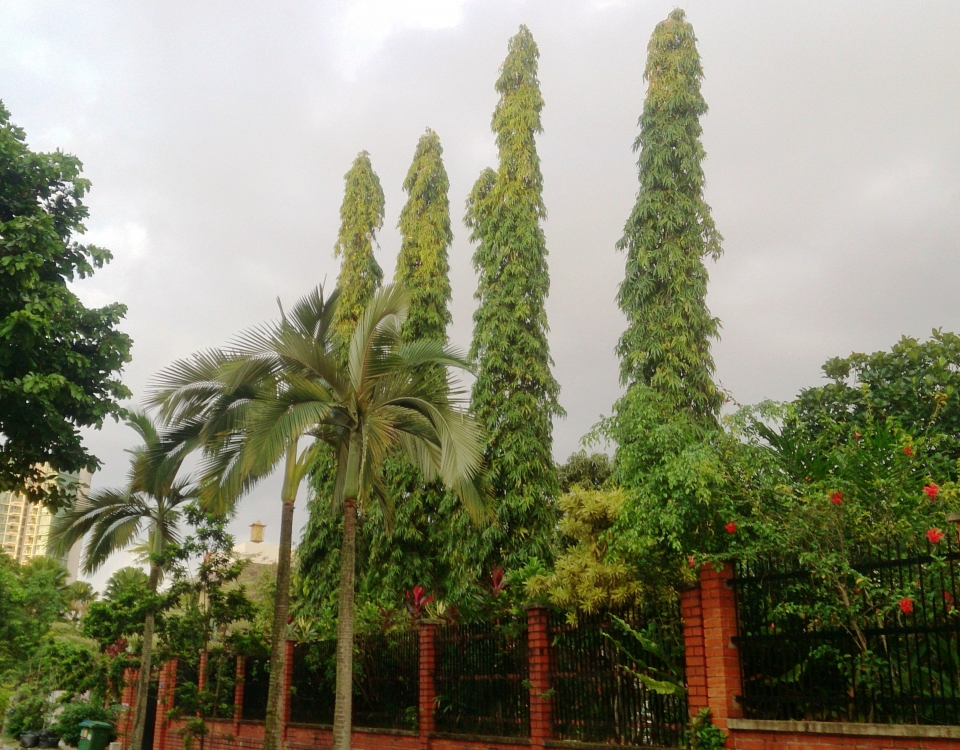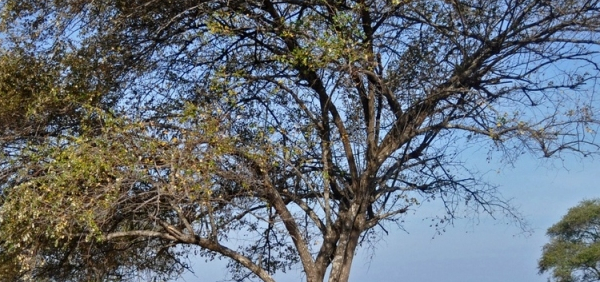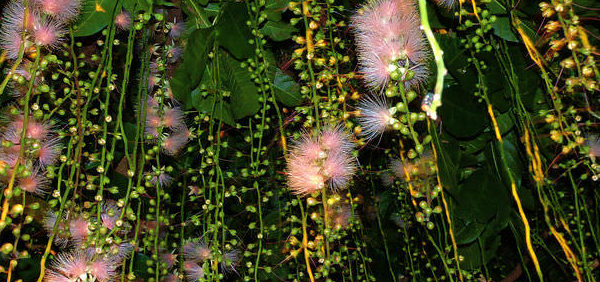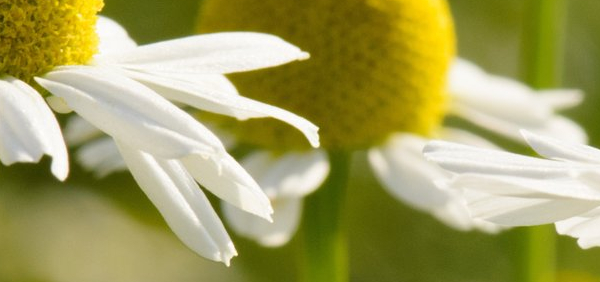ulkata :

Cultivation:
It performs best on sites with full to partial sun exposure and on rich, free-draining clay-loam, loam, sandy-loam and loamy-sand soils of a slightly acid to neutral nature, generally with a pH of 5.5 to 7.5. Young plants need protection from winds, especially under hot, dry conditions but once established have good tolerance to drought.Propogation:
It is generally propagated through seeds, but occasionally through soft wood cuttings and air layering
Harvesting:
Most germinate within two to three weeks and the young seedlings cared for in a nursery for around a year before being planted out. Care should be taken when transplanting to not damage the delicate roots.- » Classification and names of ulkata
- » Synonyms and definitions of ulkata
- » Drug Properties of ulkata
- » Chemical Constituents of ulkata
- » Standardization of ulkata
- » Parts used and Dosage of ulkata
- » Morphology and Histology of ulkata
- » Distribution and Conservation of ulkata
- » Cultivation of ulkata
- » ulkata in the market
- » Medicinal Uses of ulkata
- » Researches and clinical trails of ulkata
- » ulkata in other sytems of medicine
- » Ayurvedic formulations with ulkata
- » Images of ulkata













